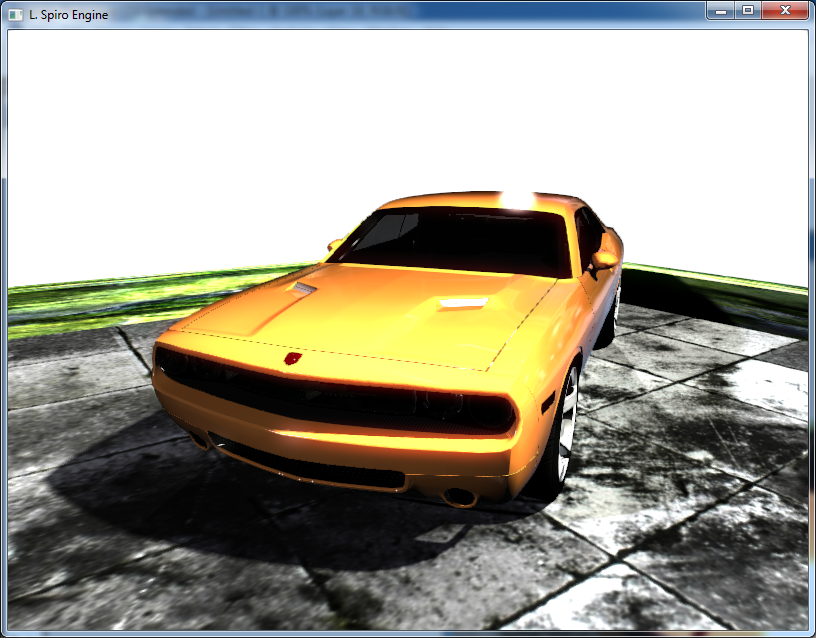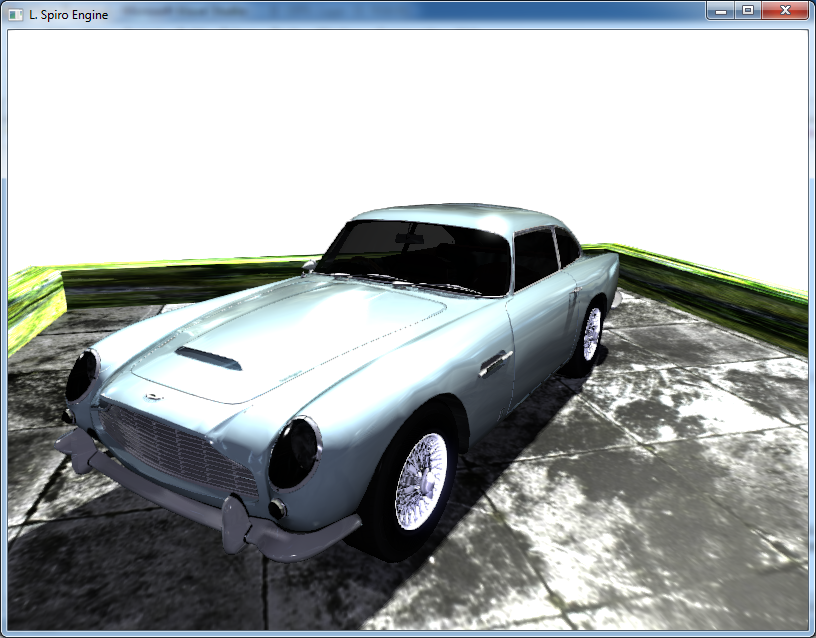I'm just curious what everyone's using nowadays, or what you'd like to investigate looking forward. I guess Normalized Blinn Phong is the easy starter choice, and Cook-Torrance is a popular model amongst the more expensive ones. But I'm wondering what else is out there and what the advantages and disadvantages of those models are.
Also, what BRDF do you want to use that is currently near feasible? What would you choose if your min spec was 3x SLI GTX Titans? ;)












